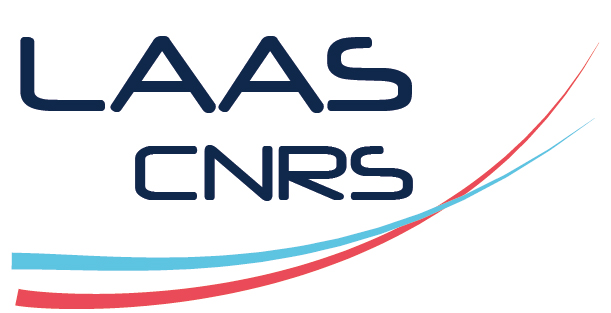Deep Learning for nanotechnology: crystal growth characterization and nano-photonics inverse design
Apprentissage profond pour les nanotechnologies : caractérisation de la croissance des cristaux et conception inverse en nanophotonique
Résumé
Deep learning, a subset of artificial intelligence, has considerably improved the capabilities of machines in several fields. Deep learning is based on the architecture of neural networks. This thesis introduces neural networks, their different architectures and fields of application, as well as the learning process, mini-batch stochastic gradient descent. Neural network models are then employed in two applications, crystal growth characterization and nanophotonics inverse design. In the first application, three tasks are performed: detection of substrate deoxidation using an autoencoder to compress RHEED images, followed by a convolutional neural network to classify sequences of compressed data into oxidized and deoxidized, classification of surface reconstructions into (2 x 4) and c(4 x 4) and finally the azimuthal RHEED construction using two architectures, one for determining the orientation of the crystal with respect to the electron beam of the RHEED system using re! sidual neural networks, and a second for semantic segmentation to locate the center of gravity of the specular spot. In the second application, the nanophotonics inverse design is introduced before implementing some deep learning architectures to circumvent this problem. The first architecture is the tandem network, a generative model involving two networks, the second is the conditional variational autoencoder, a variant of the autoencoder, and the last architecture is the so-called “neural adjoint” method, a gradient-based optimization method. At the end of this section, a graph neural network is proposed to represent nanostructures as graphs. Finally, its interpolation and extrapolation capabilities are tested, followed by fine-tuning to include extrapolation data in the model's training field.
L'apprentissage profond, un sous-ensemble de l'intelligence artificielle, a considérablement amélioré les capacités des machines dans plusieurs domaines. L'apprentissage profond est basé sur l'architecture des réseaux de neurones. Dans cette thèse, sont introduit les réseaux de neurones, leurs différentes architectures, leurs domaines d'application ainsi que le processus d'apprentissage, la descente de gradient stochastique en mini-batch. Des modèles de réseaux de neurones sont ensuite employé dans deux applications, la caractérisation de la croissance des cristaux et la conception inverse en nanophotonique. Dans la première application, trois tâches sont effectuées: la détection de la désoxydation du substrat à l'aide d'un autoencodeur pour compresser les images RHEED, suivi d'un réseau de neurones convolutionnel pour classifier des séquences de données compressées en oxydées et désoxydées, la classification des reconstructions de surf! ace en (2 x 4) et c(4 x 4) et enfin la construction du RHEED azimuthal en employant deux architectures, une prémière pour la détermination de l'orientation du cristal par rapport au faisceau d'électrons du système RHEED à l'aide de réseaux de neurones résiduels et une deuxième pour la segmentation sémantique afin de repérer le centre de gravité du point spéculaire. Dans la deuxième application, le problème de la conception inverse en nanophotonique est introduit avant de mettre en œuvre certaines architectures d'apprentissage profond permettant de contourner ce problème. La première architecture est le réseau tandem, un modèle génératif impliquant deux réseaux, la deuxième est l'autoencodeur variationnel conditionnel, une variante de l'autoencodeur et la dernière architecture est la méthode dite de "neural adjoint", une méthode d'optimisation basée sur le gradient. À la fin de cette partie, un réseau de neurones de graphes est proposé af! in de représenter les nanostructures sous la forme de graphes. Enfin, ses capacités d'interpolation et d'extrapolation sont testé suivi d'un réglage fin pour inclure les données d'extrapolation dans le champ d'entraînement du modèle.
| Origine | Fichiers produits par l'(les) auteur(s) |
|---|

